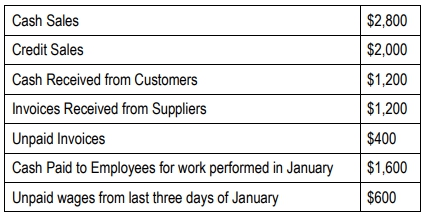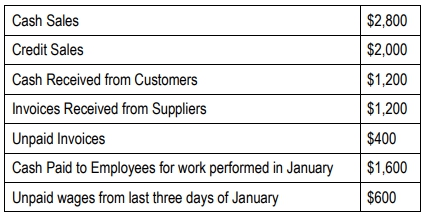Understanding when to recognize revenue and expenses is crucial in accounting, particularly under Generally Accepted Accounting Principles (GAAP). Revenue represents the value of goods or services provided to customers, which is essential for any business's operations. For instance, if a t-shirt company sells t-shirts, the income generated from these sales is classified as revenue. However, if the same company sells a machine used for production, that transaction does not count as revenue since it falls outside the core business activities.
Revenue is typically recognized when it is earned, which means the business has fulfilled its part of the transaction. According to the revenue recognition principle, this occurs when the goods or services are delivered to the customer. For example, in the case of the t-shirt company, revenue is recorded at the moment the t-shirt is handed over to the customer, regardless of whether payment is received immediately or on credit. Similarly, for a tutoring service, revenue is recognized once the tutoring session is completed, irrespective of the payment timing.
The amount of revenue recorded corresponds to the value of the goods or services provided. This is generally straightforward: it is the price the customer pays. For instance, if a t-shirt is sold for \$10, the revenue recognized is \$10. If a tutoring session costs \$50, then the revenue recorded is \$50. This clear linkage between the service provided and the payment received is fundamental to accurate financial reporting.
Next, we will explore the expense recognition principle, which outlines when and how expenses should be recorded in accordance with GAAP.



